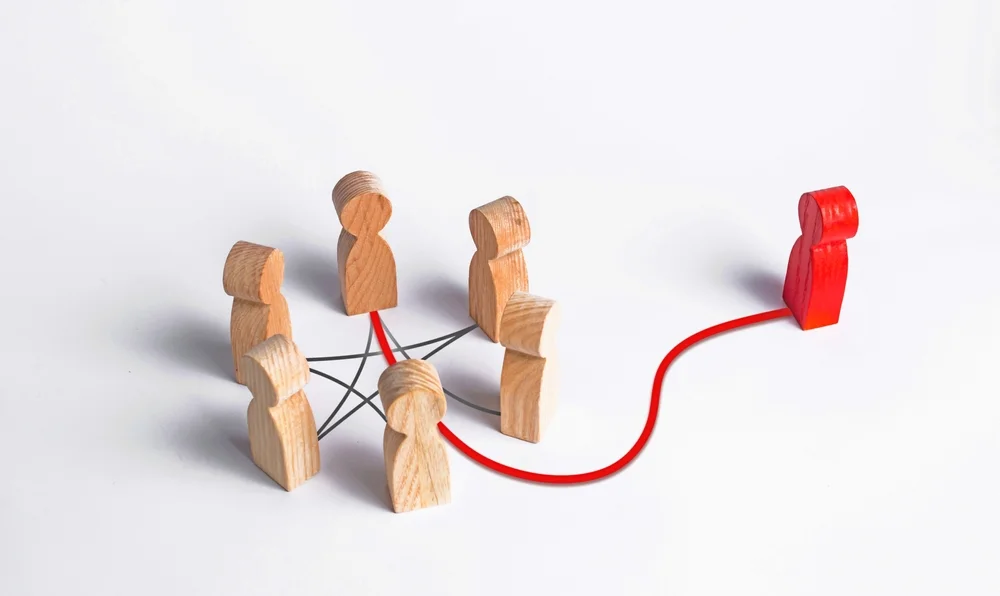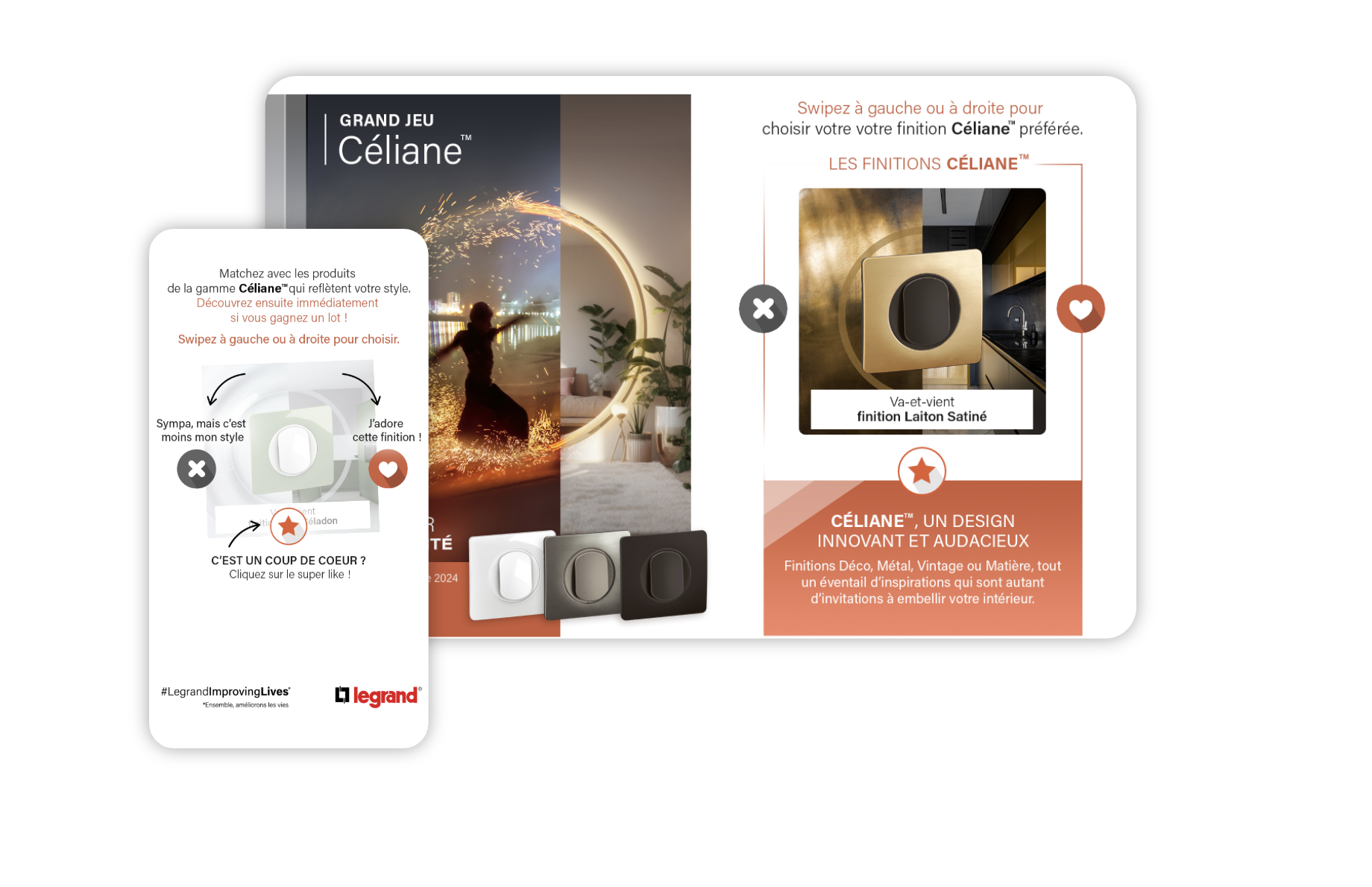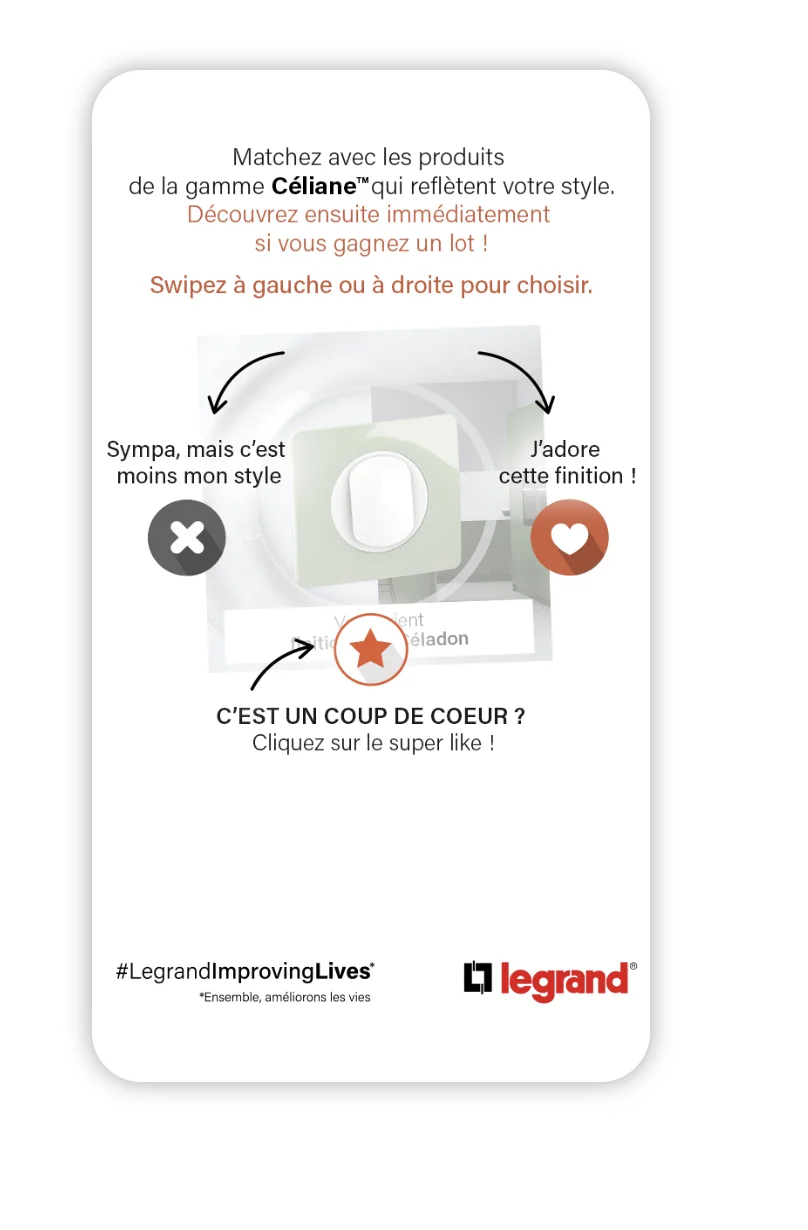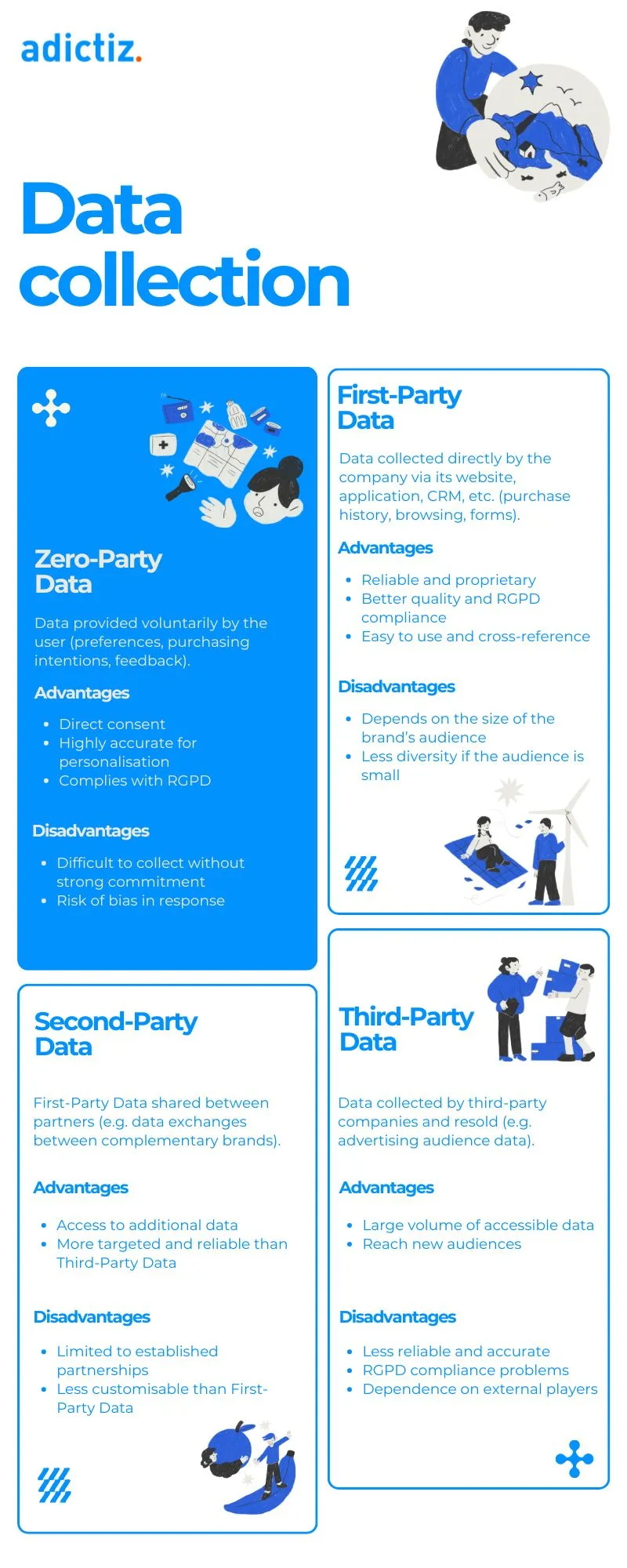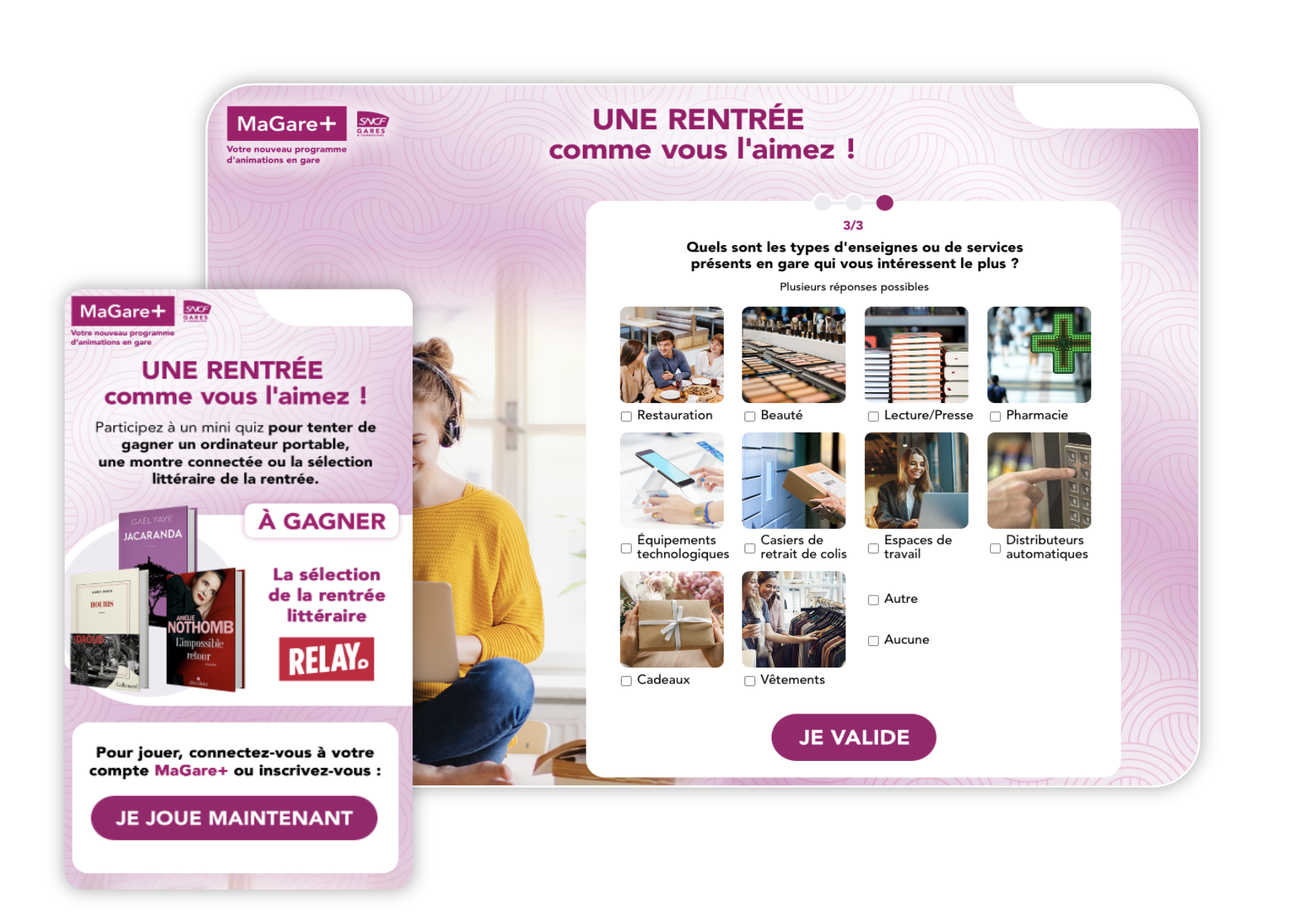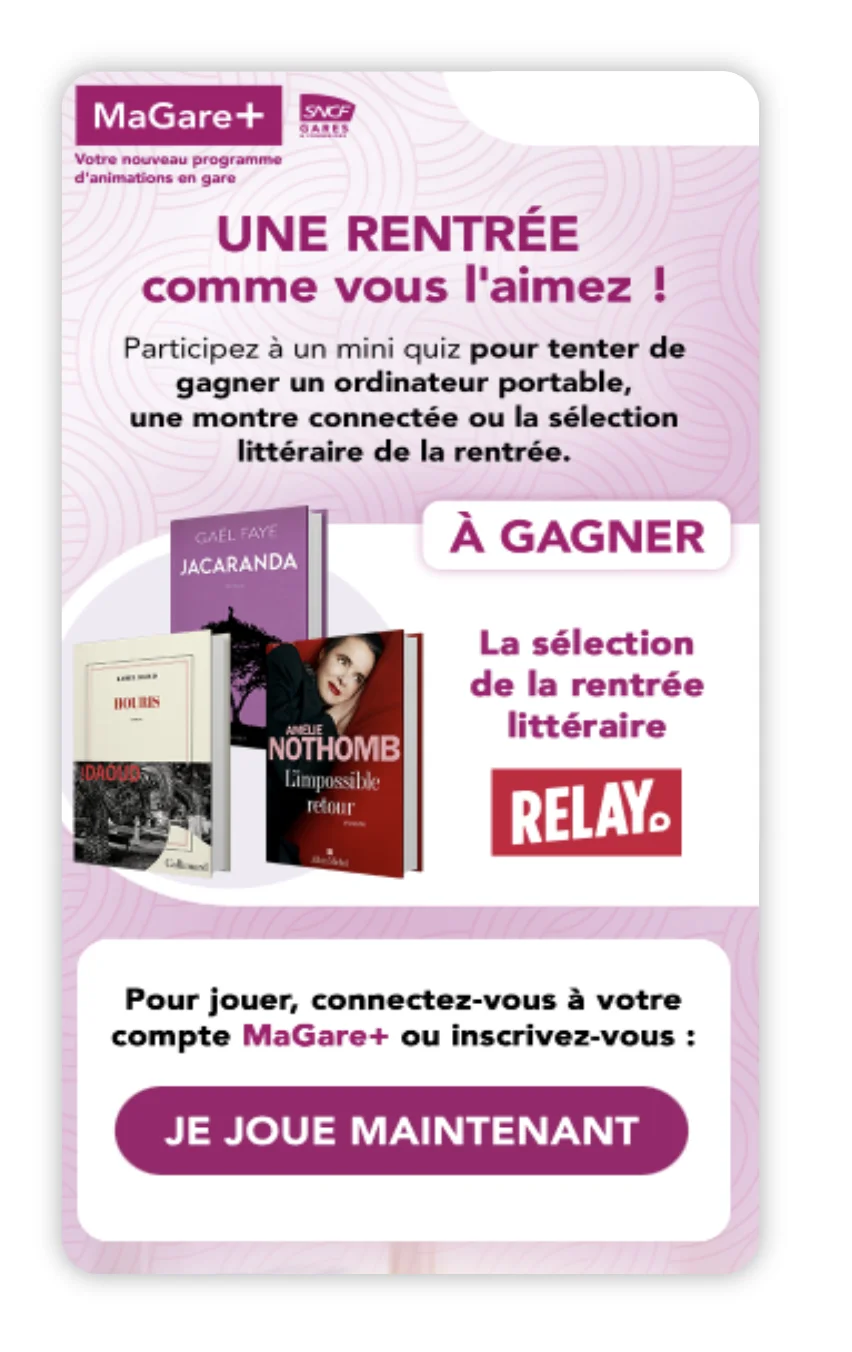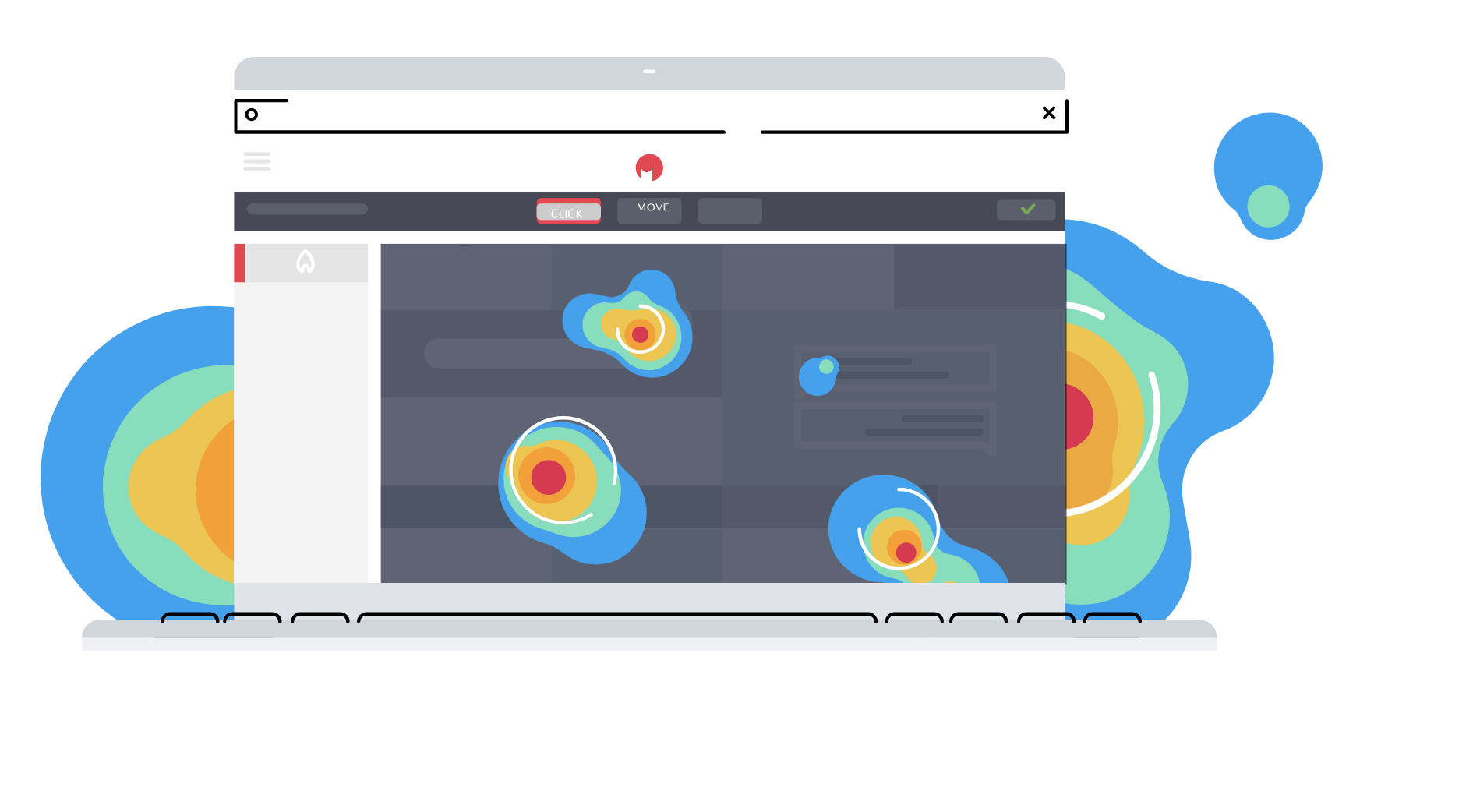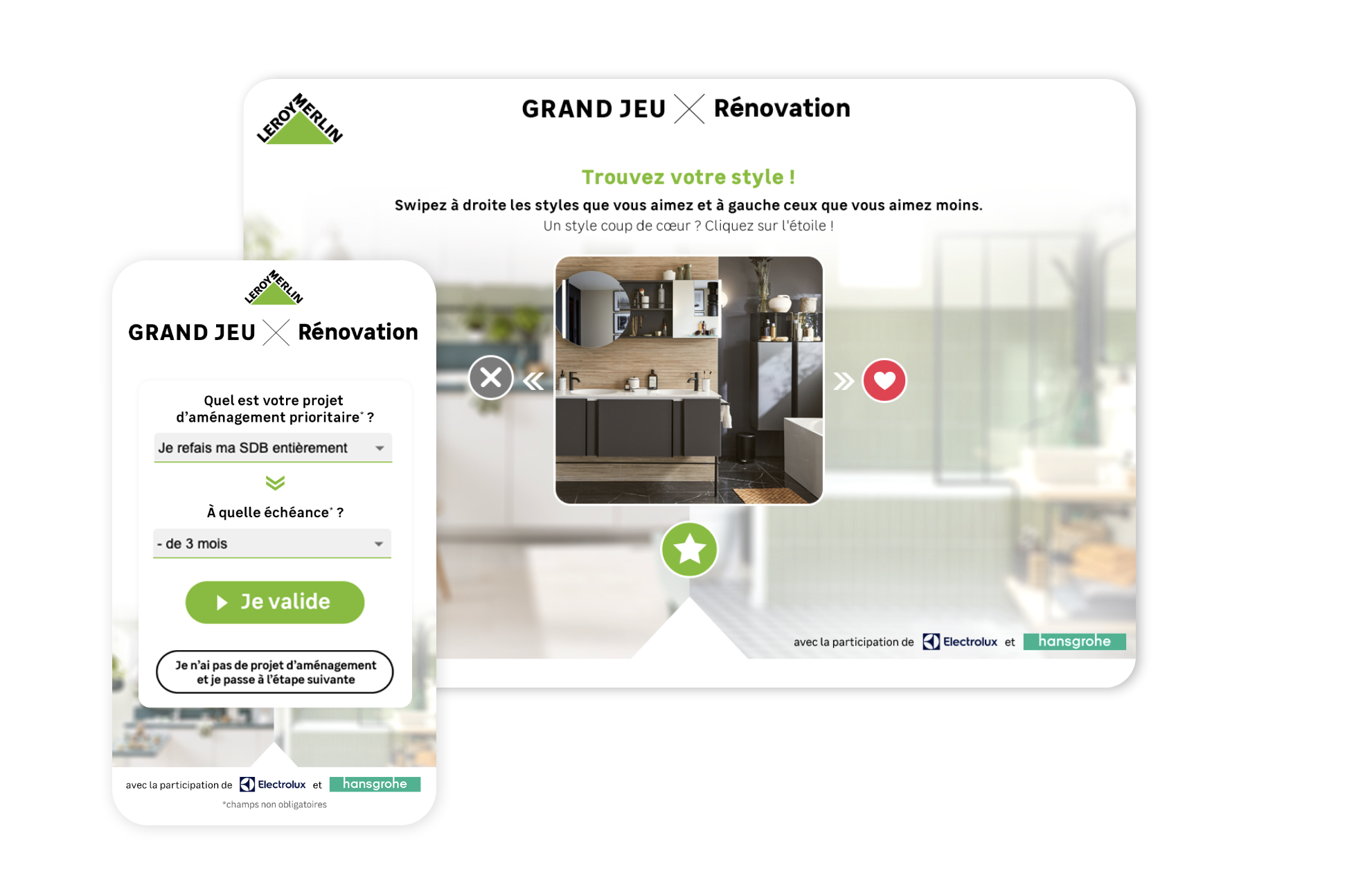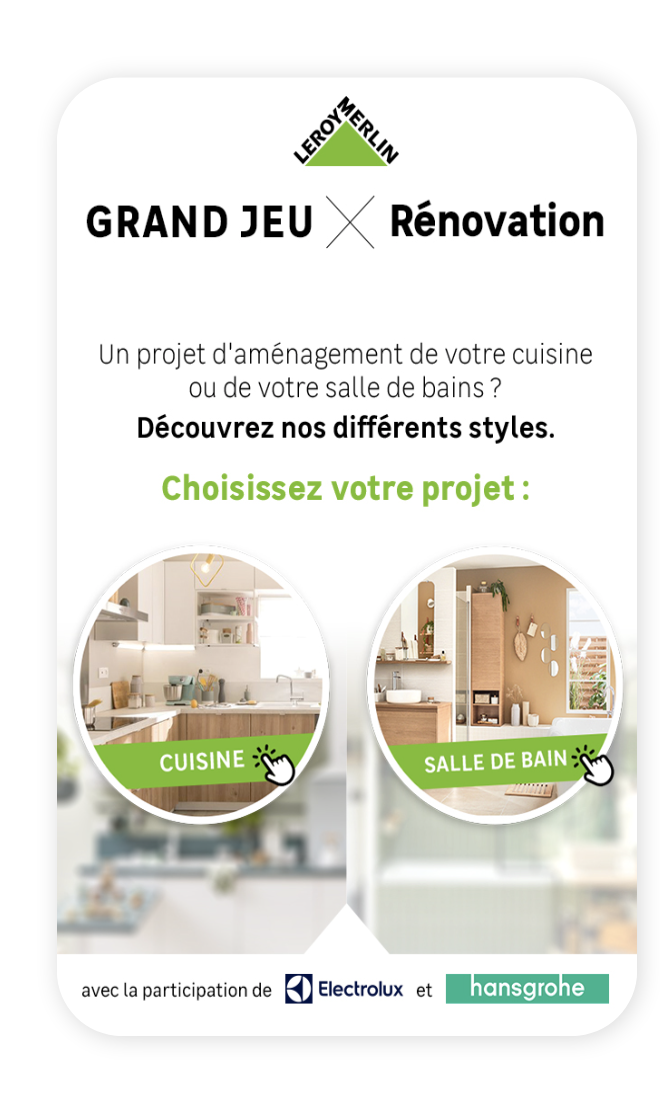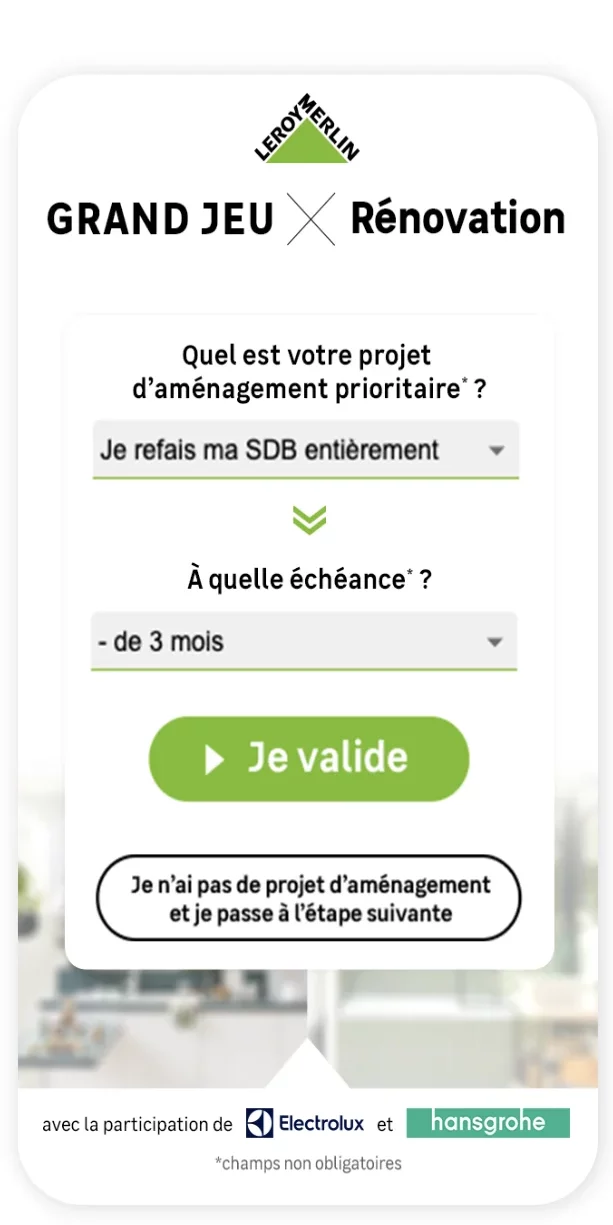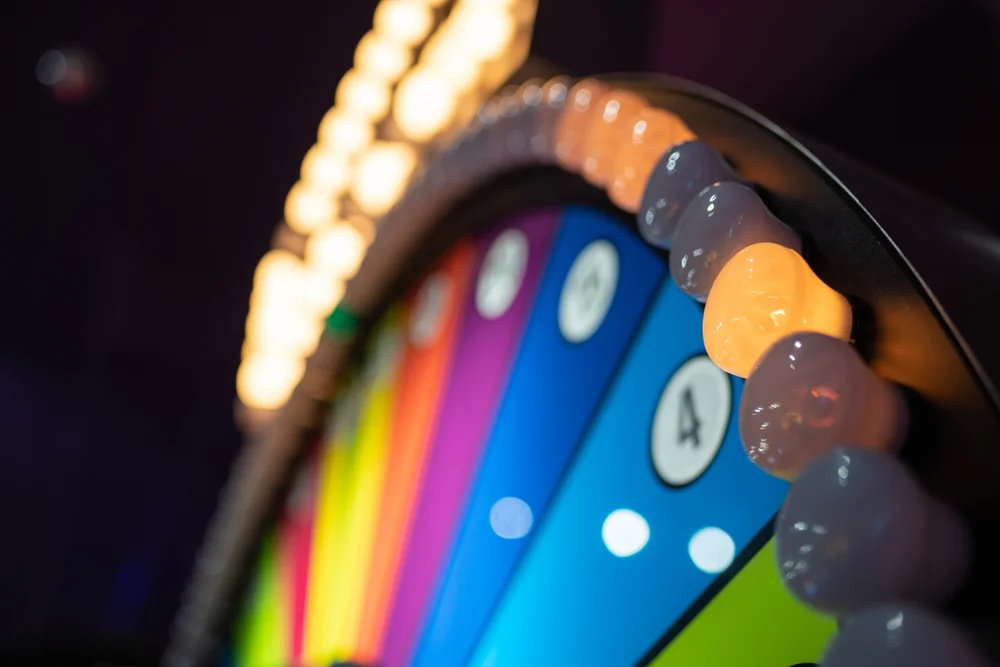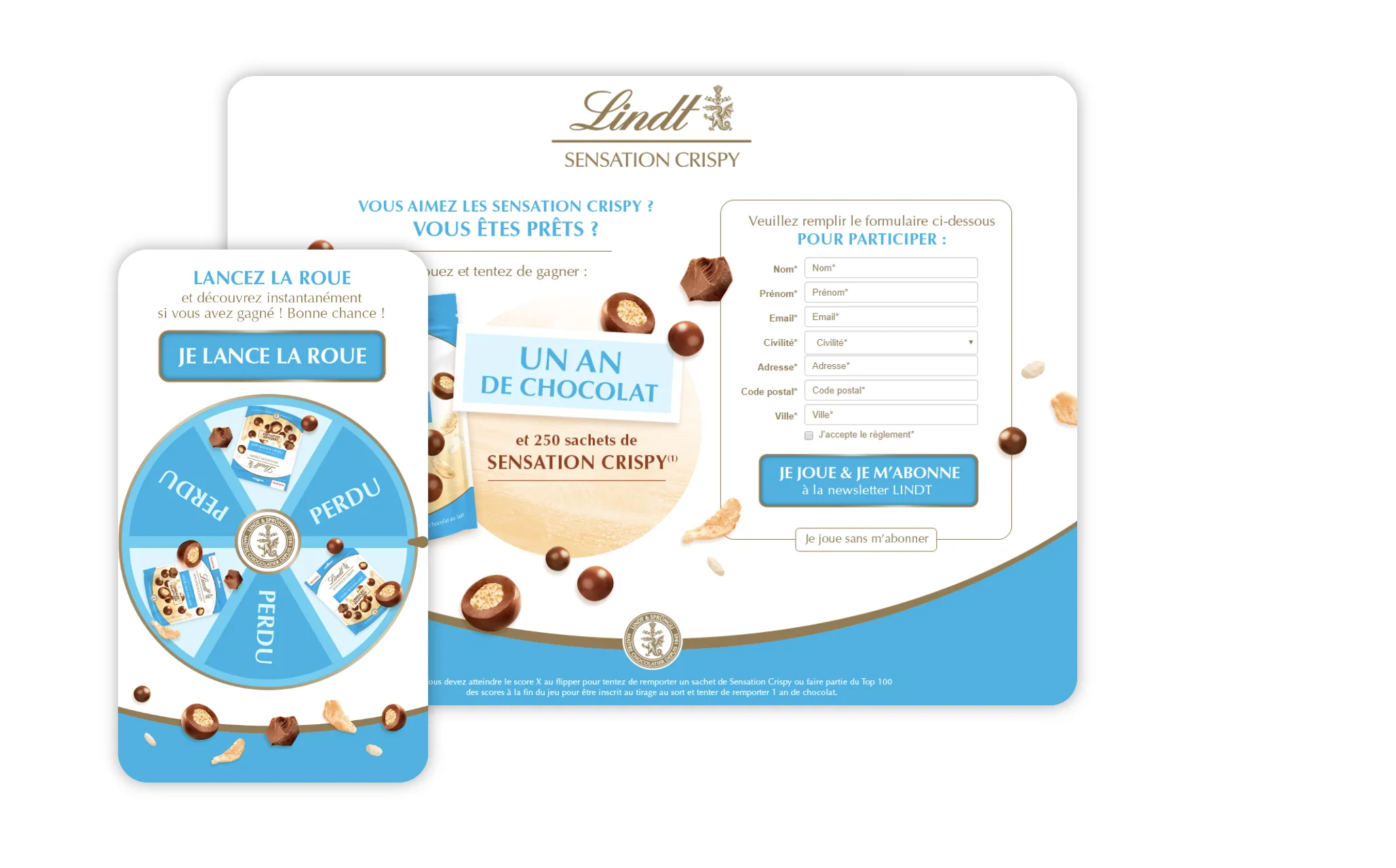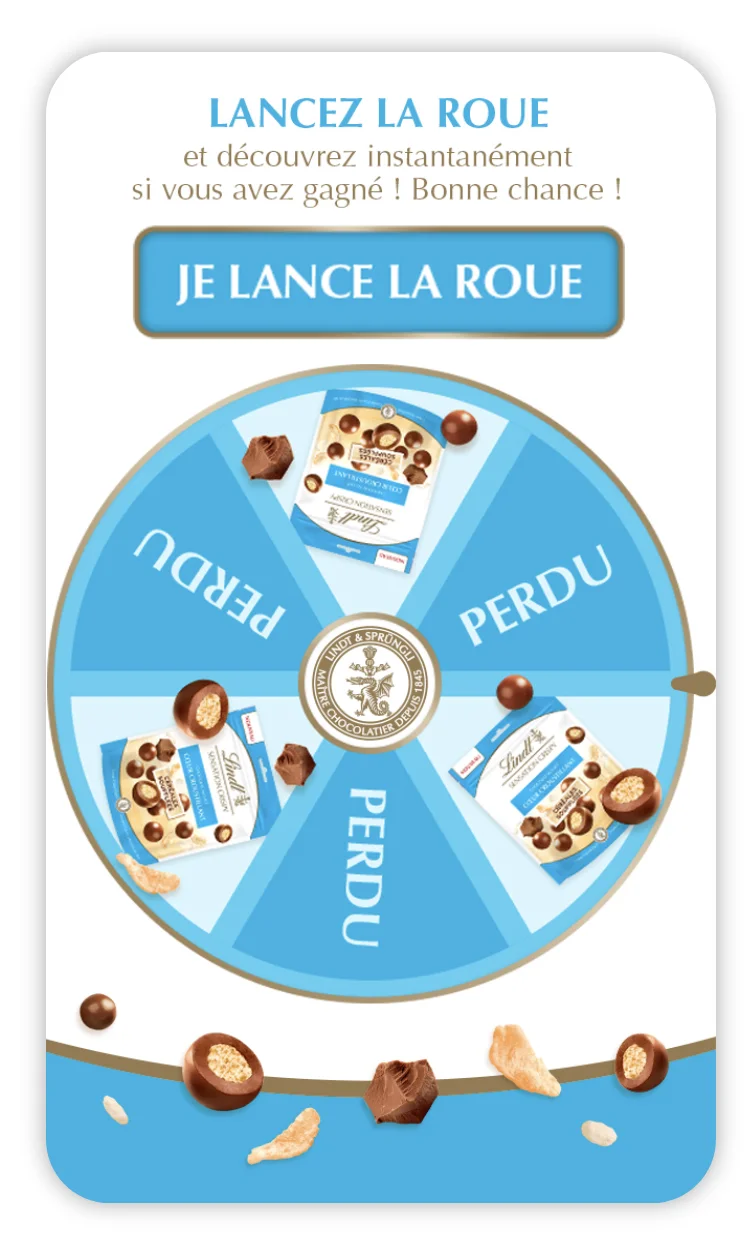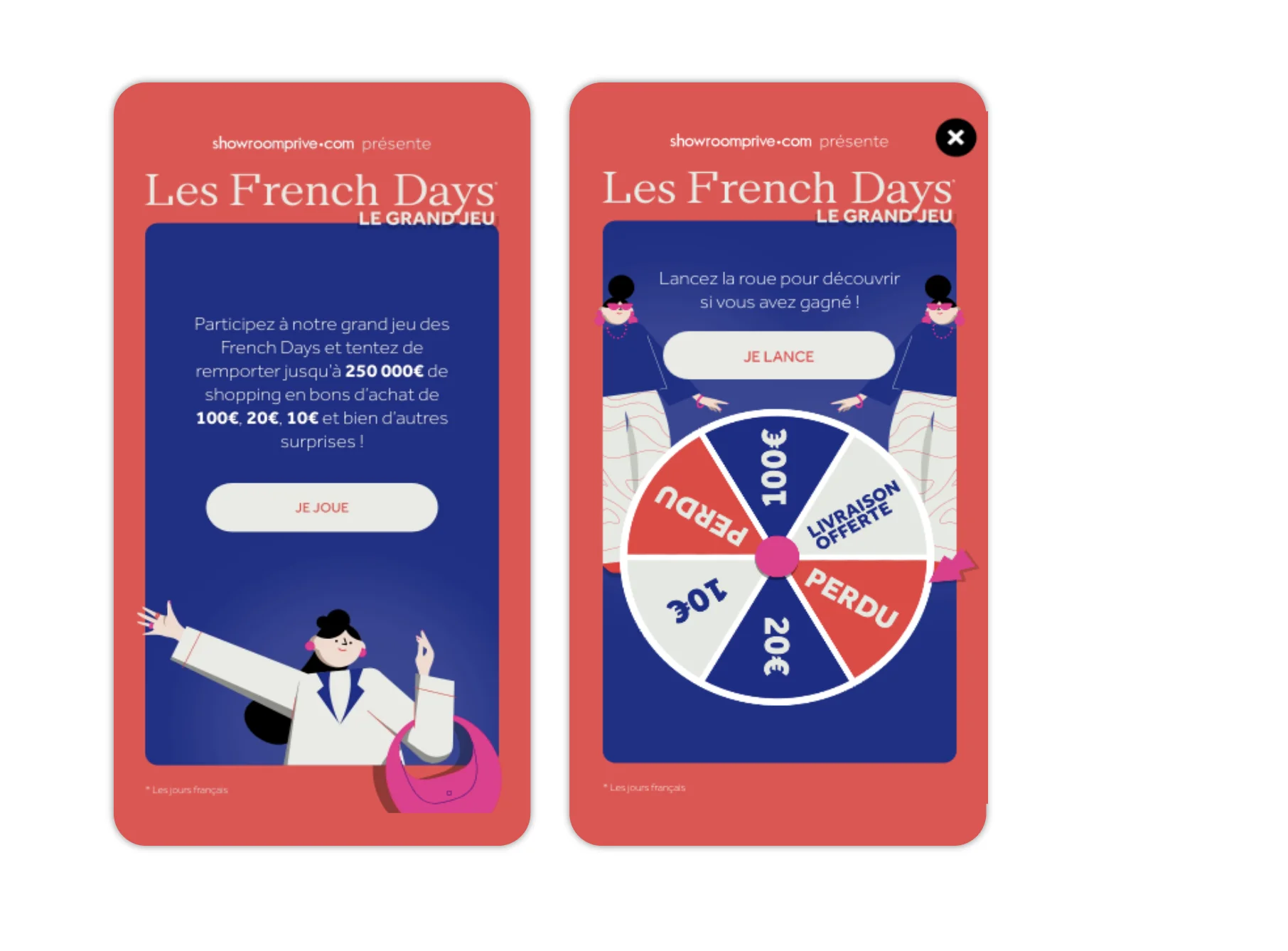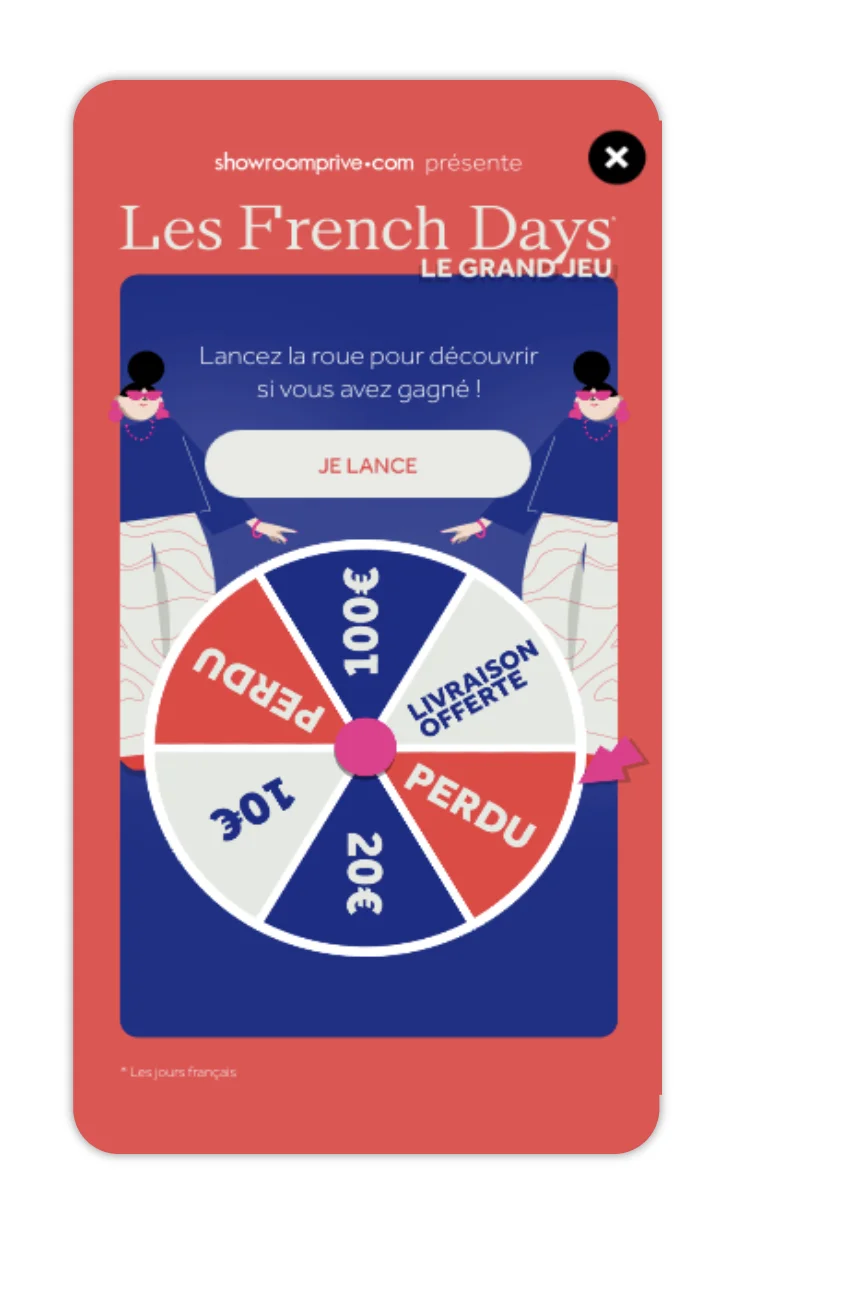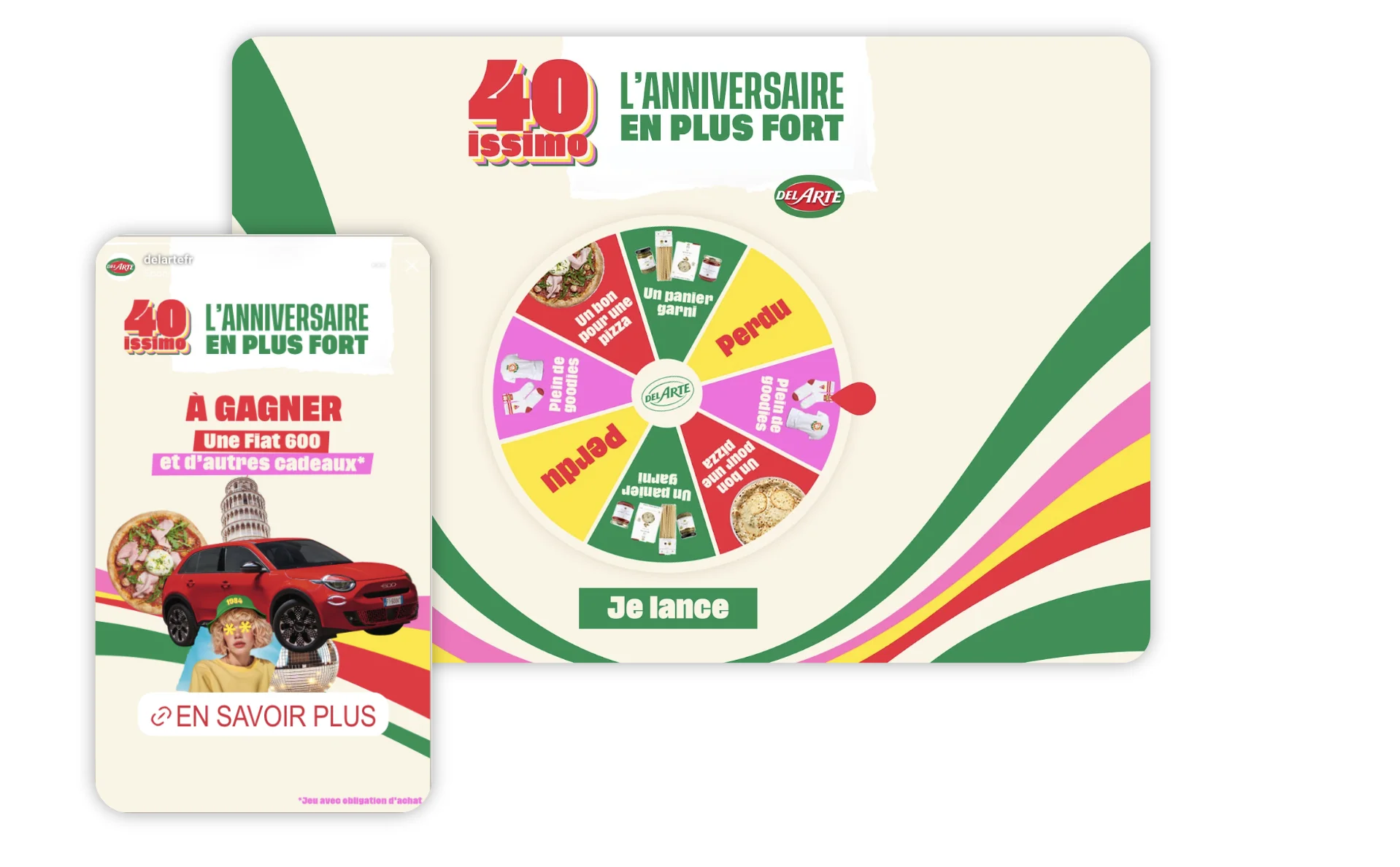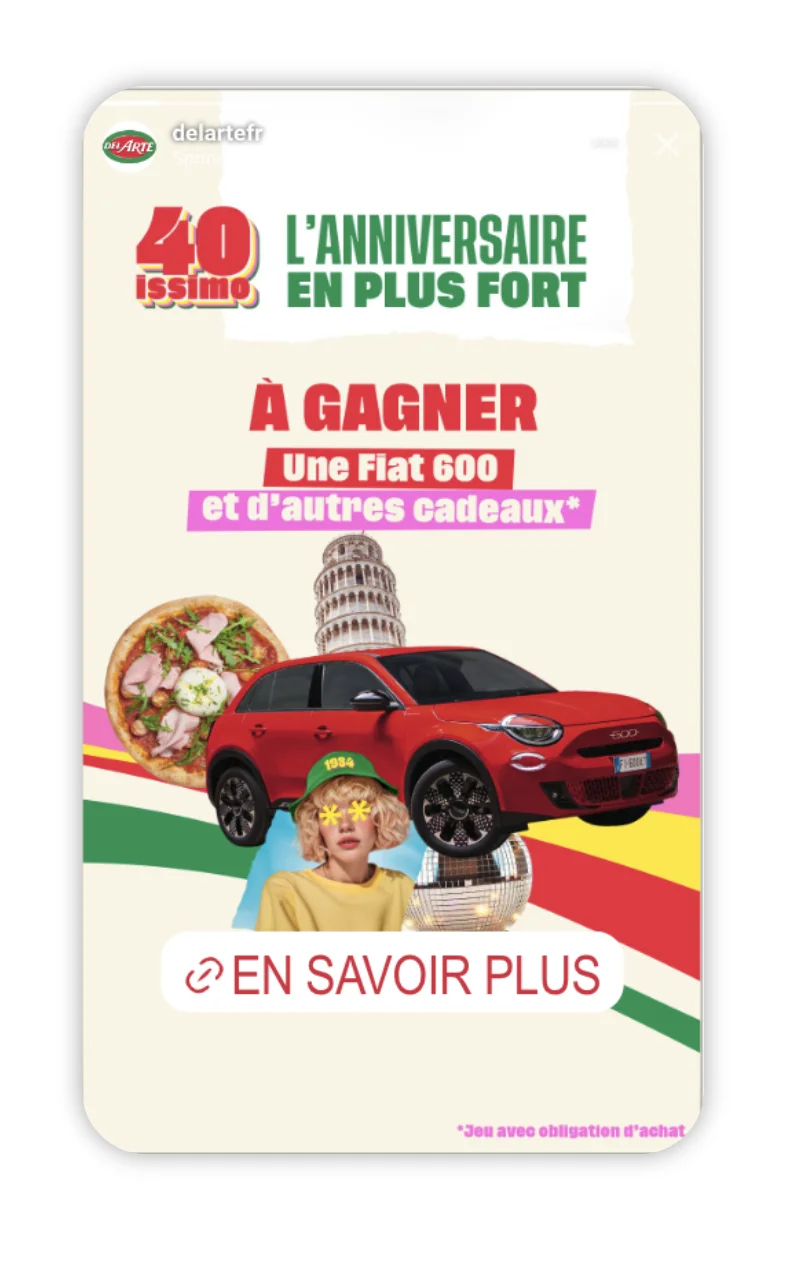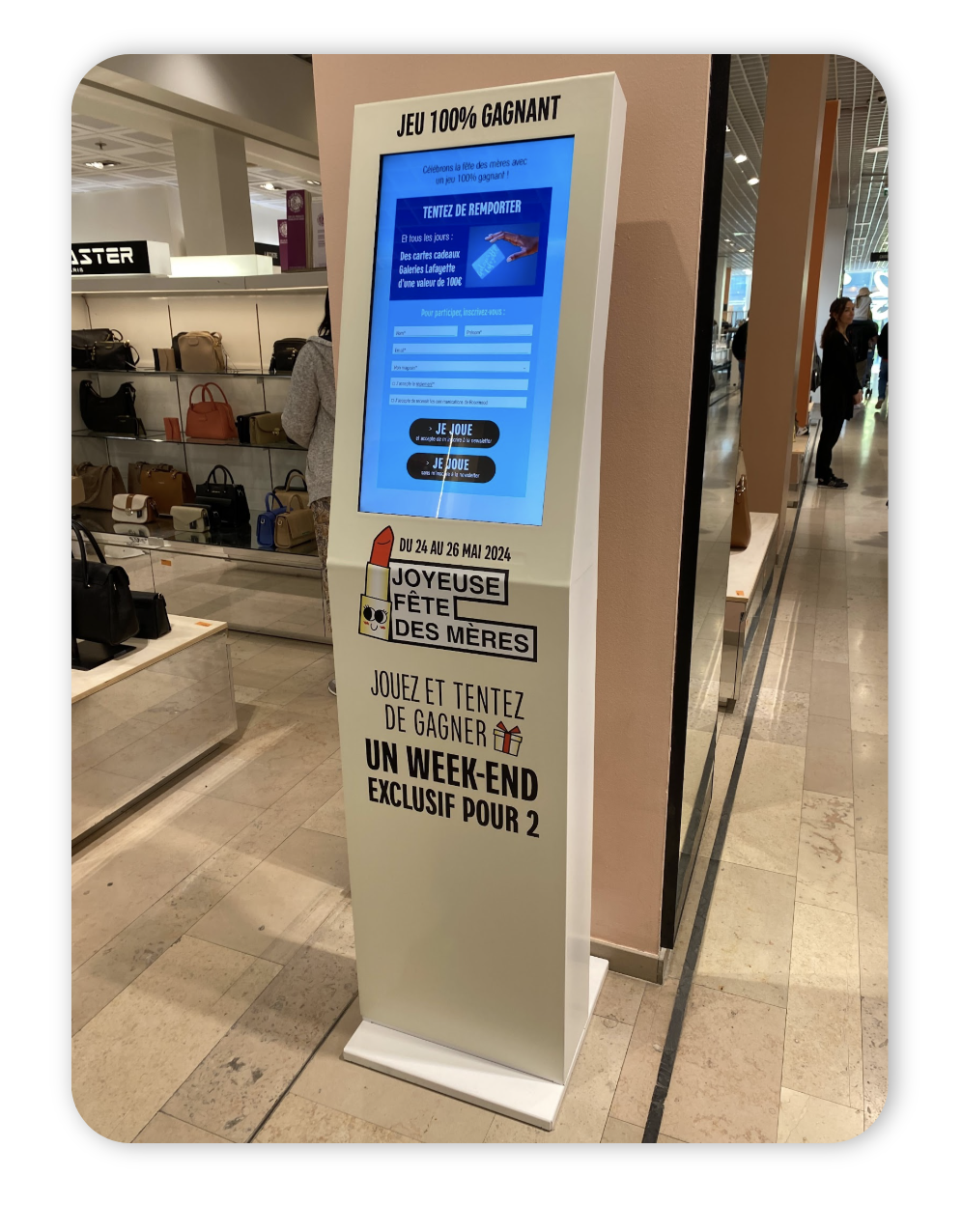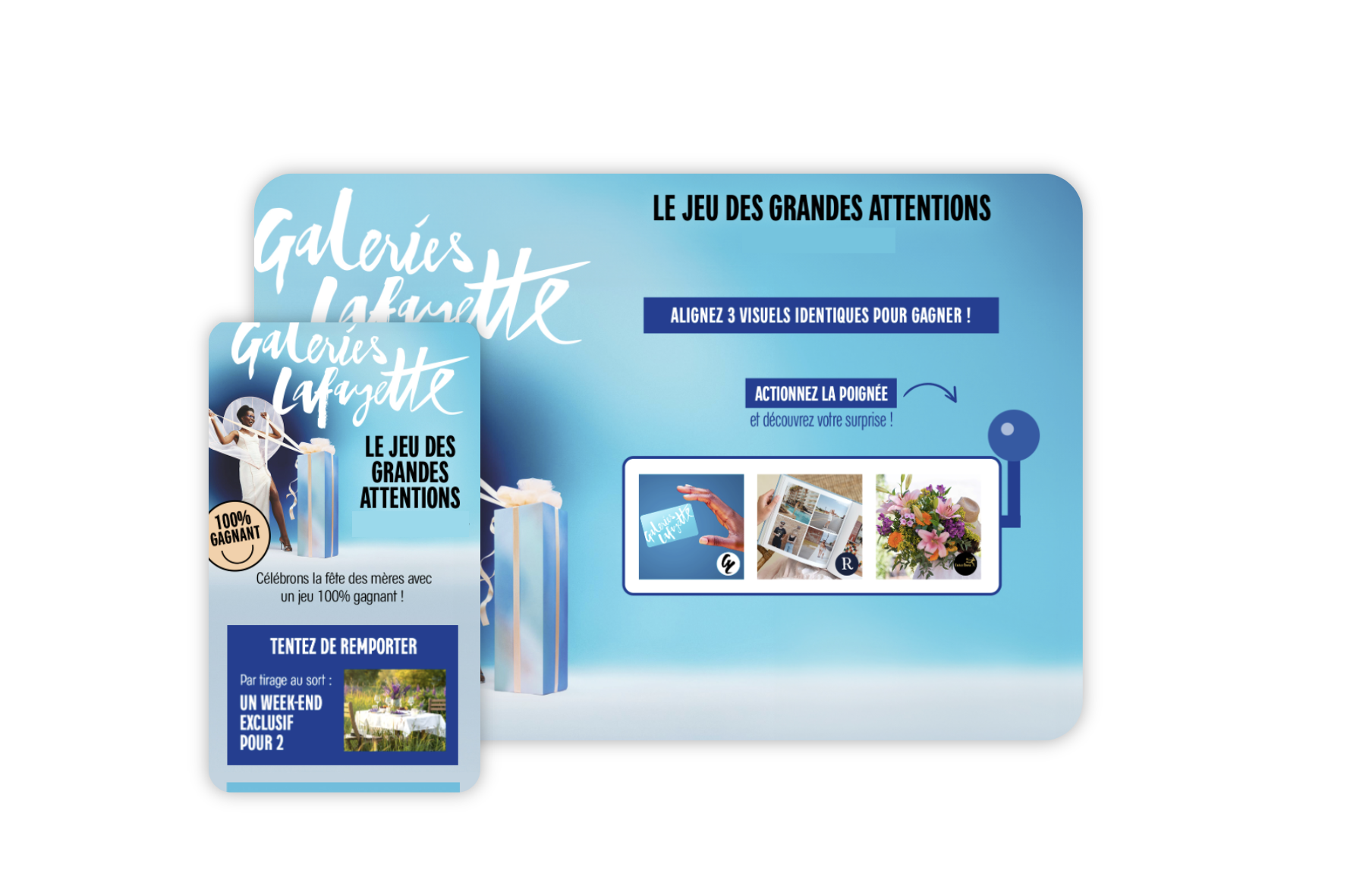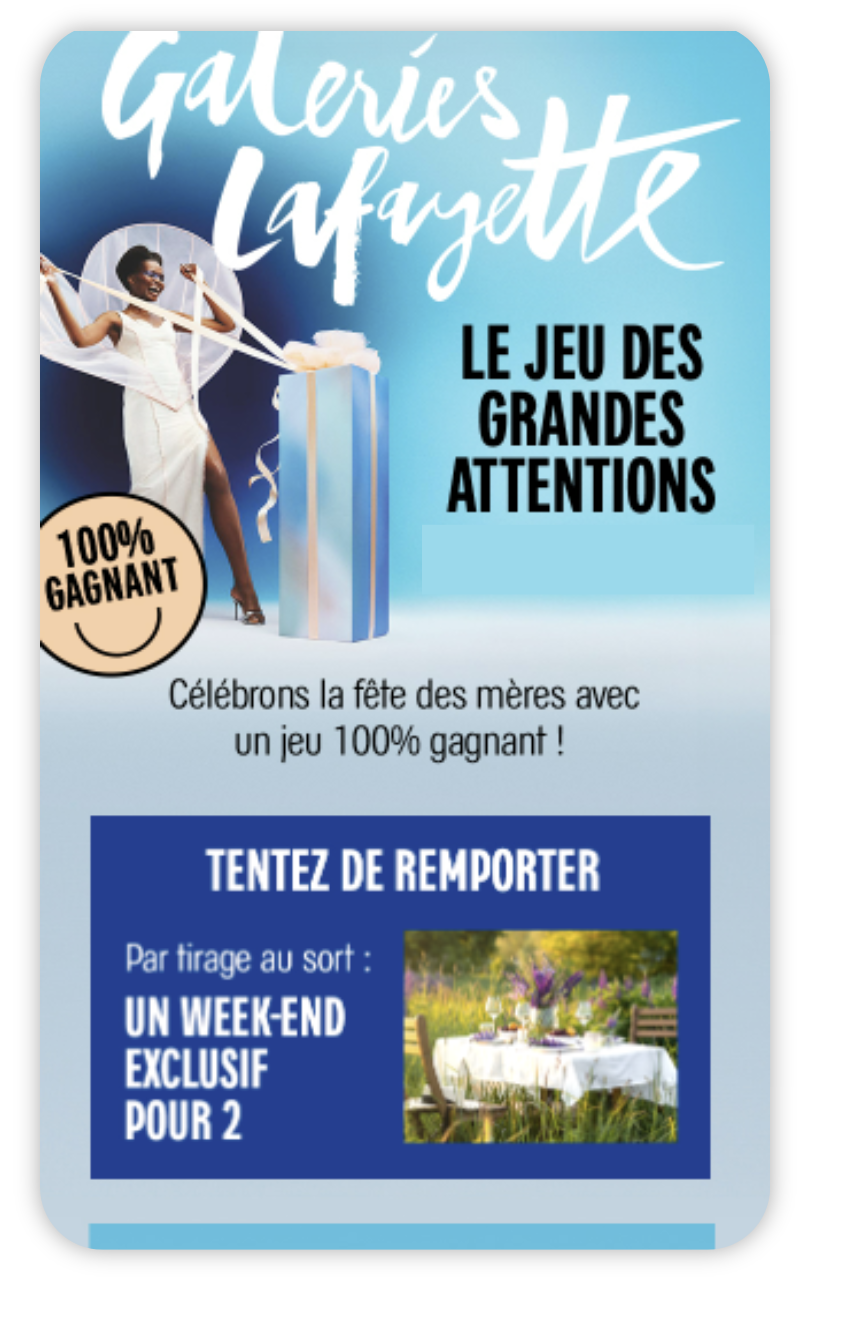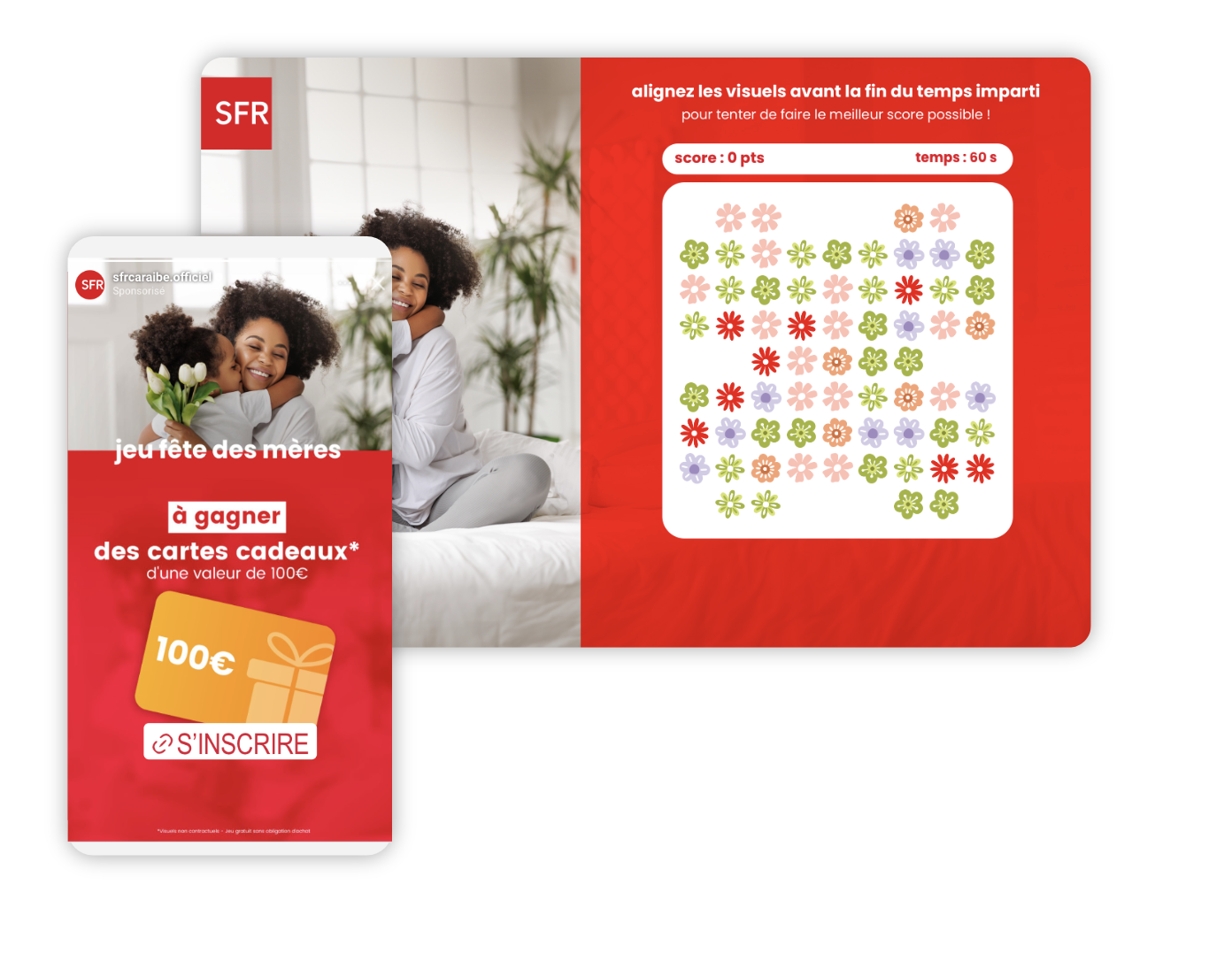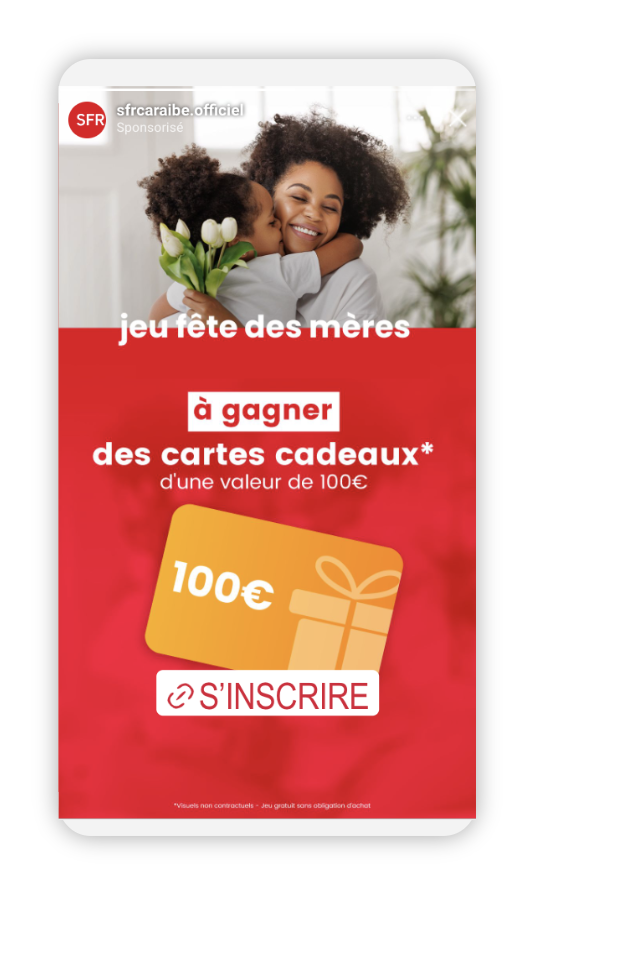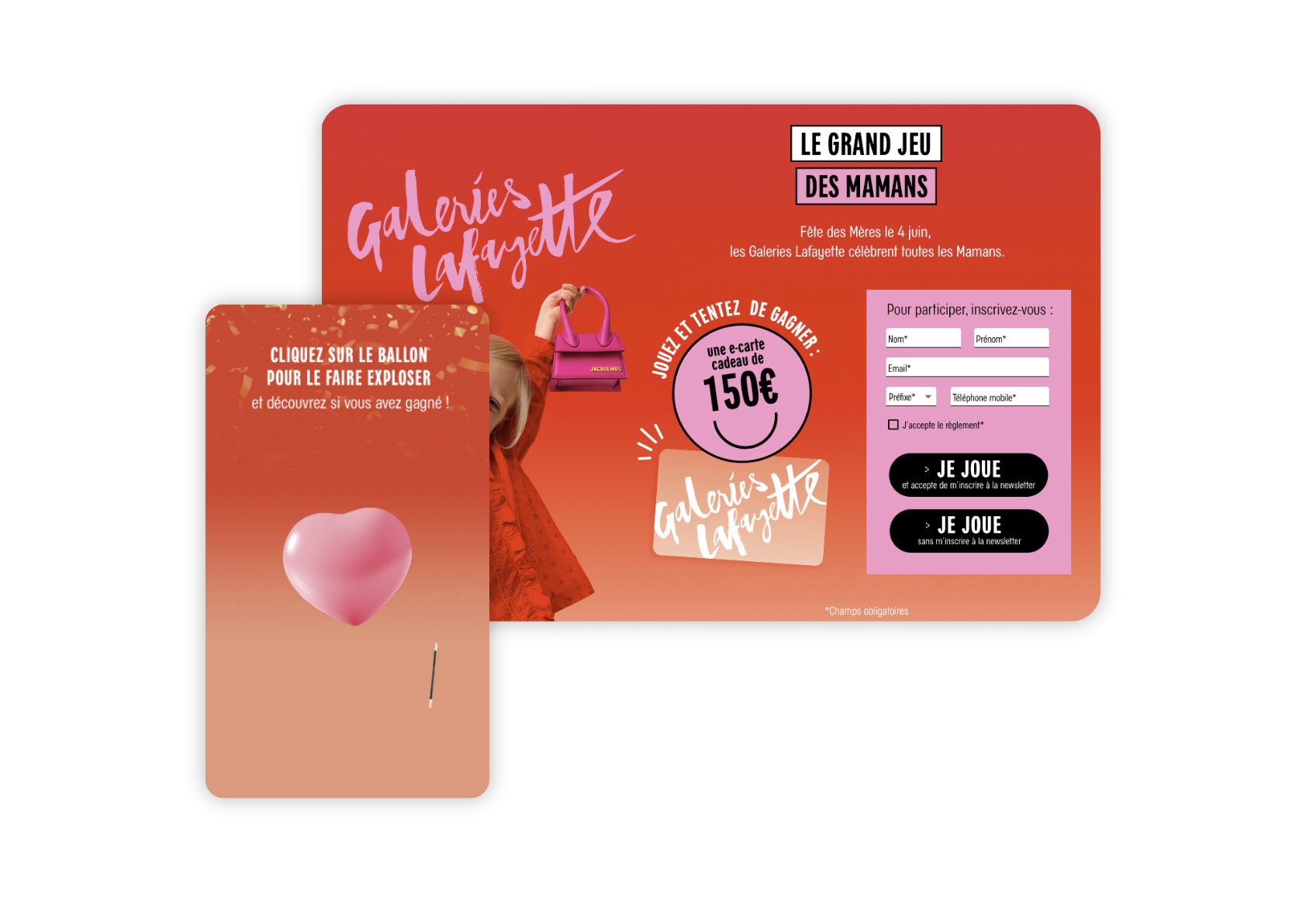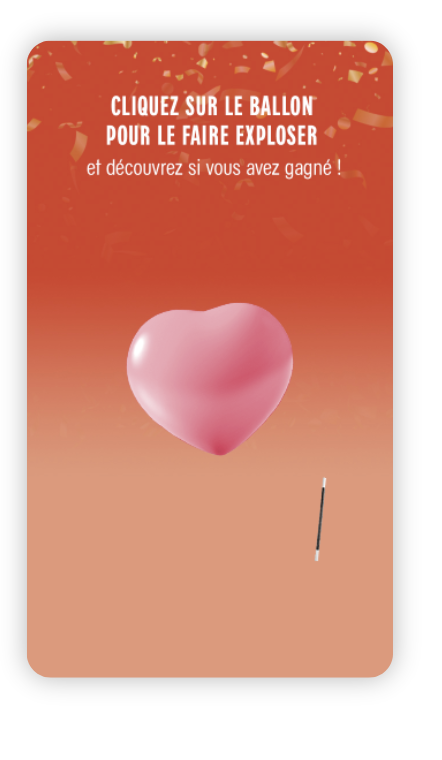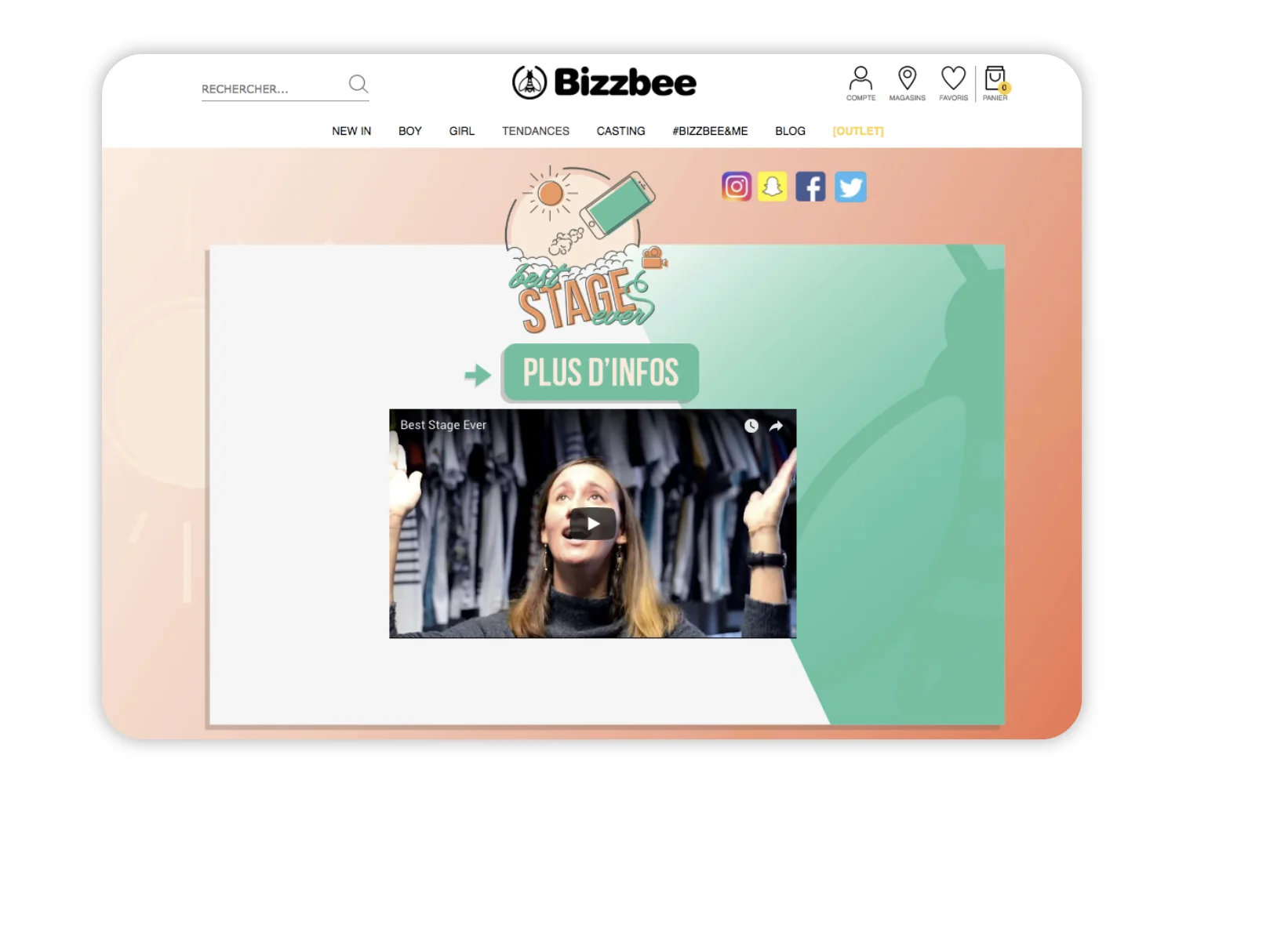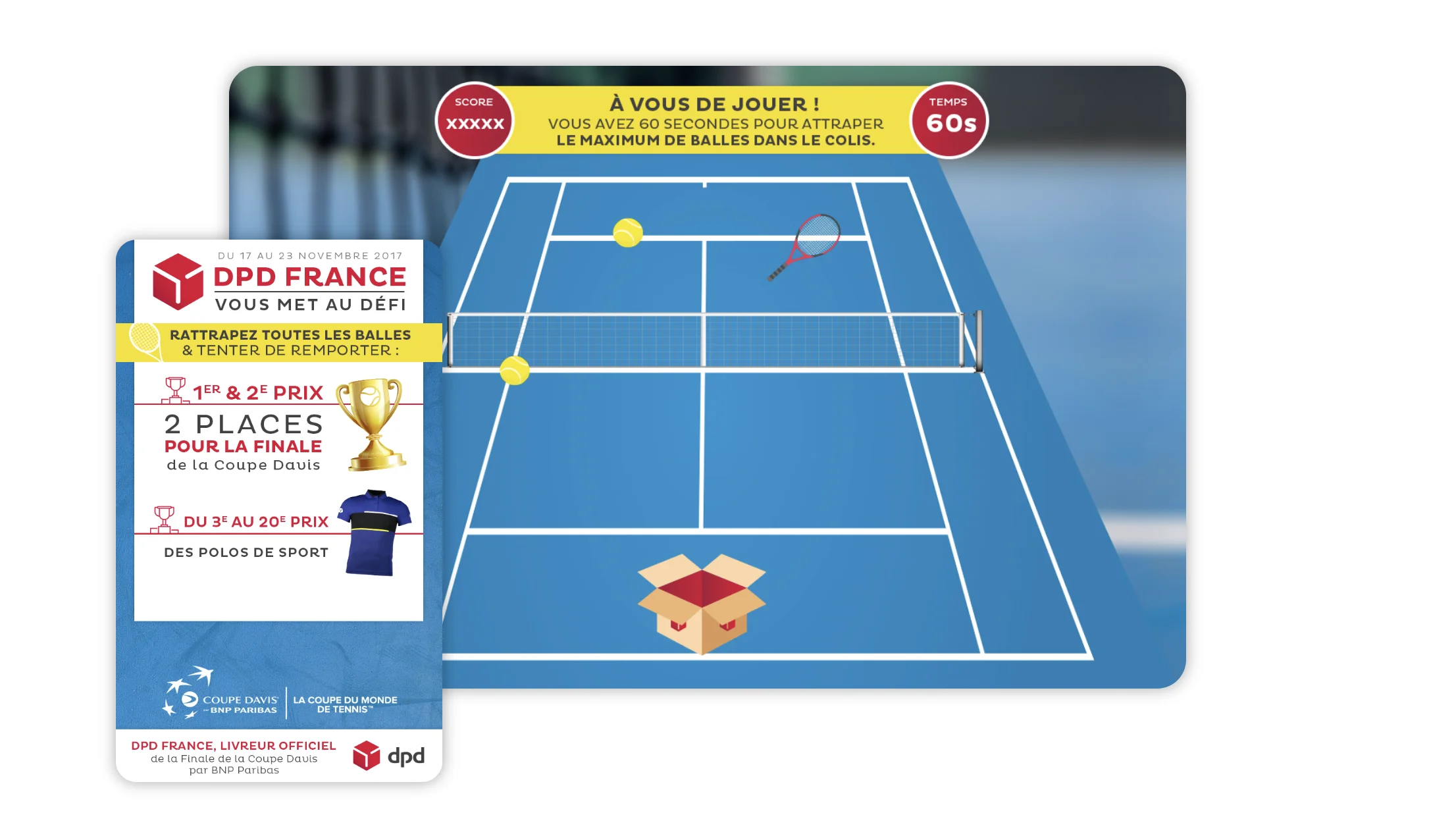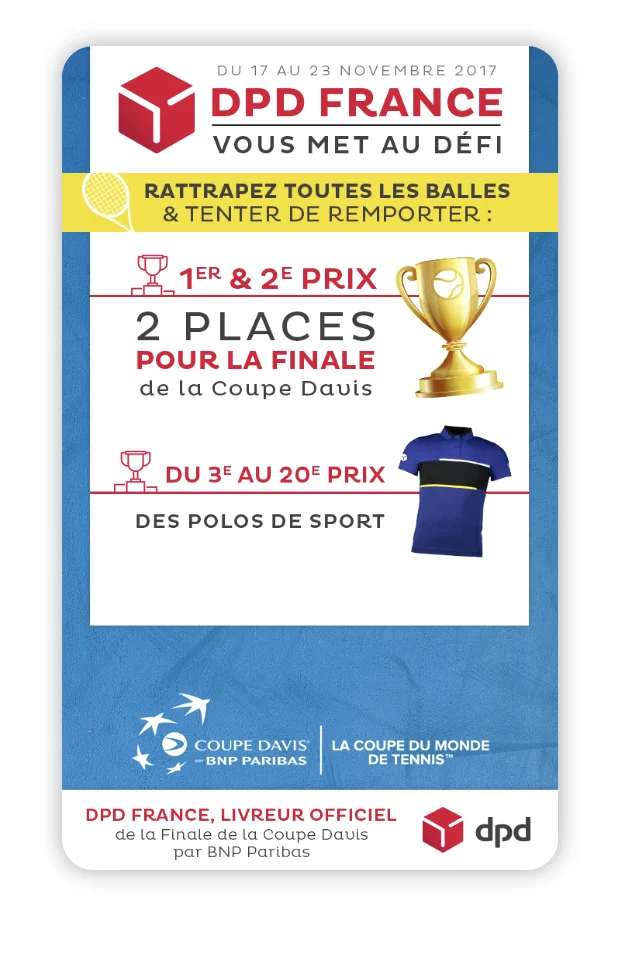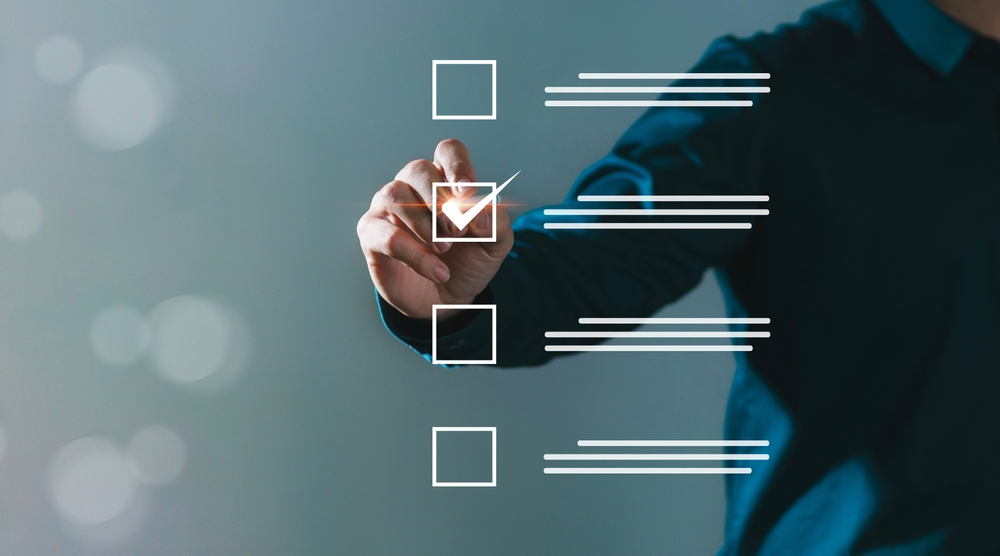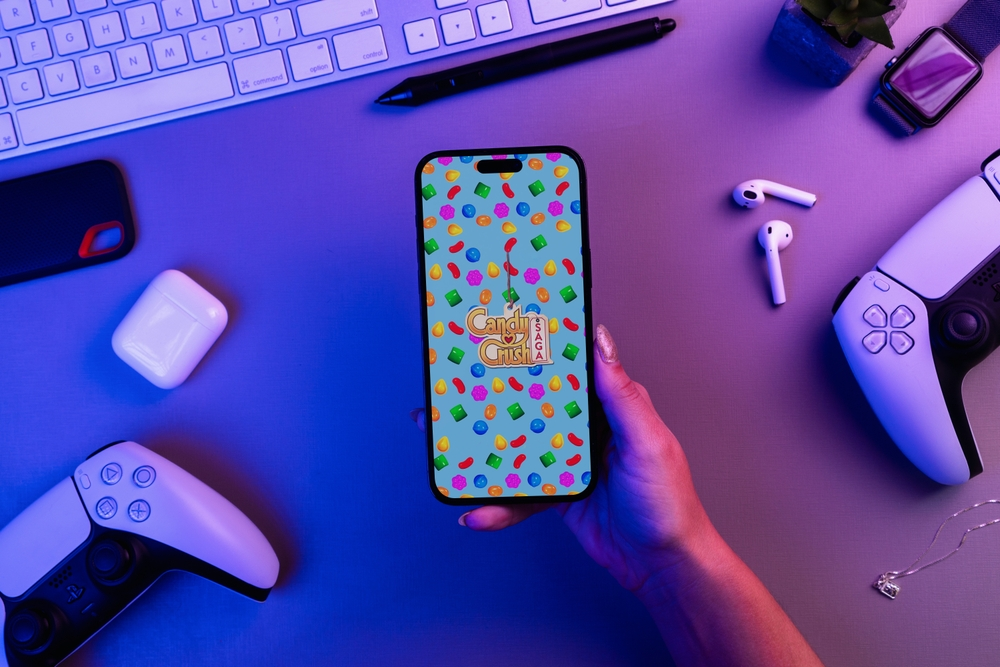
How gamification boosts sales performance
Sales represent a crucial period for brands in France. They offer a major opportunity to sell off stocks and attract new customers. However, in a context where 85% of French people feel that sales no longer have a real impact on their buying behavior, it is becoming essential to stand out beyond price reductions.
Gamification is emerging as an innovative strategy for capturing consumers’ attention and boosting sales. In this article, we’ll explore how integrating gamification mechanisms into your marketing campaigns can boost your performance during the sales season.
Sales: a major marketing challenge for brands
Sales, once the highlight of the French commercial calendar, are facing major challenges. Consumer behavior is evolving, making it a complex task for brands.
- Changing purchasing habits: Inflation has changed consumer habits in France. Households, anxious to preserve their purchasing power, are turning to economical alternatives (such as fast-fashion platforms or second-hand goods). This quest for lower prices is leading consumers to give priority to essential products, neglecting non-essential purchases.
- Increased competition for brands. Faced with these transformations, brands must redouble their efforts to stand out from the crowd. The proliferation of promotions and special offers throughout the year (Black Friday, Cyber Monday, French Days, etc.) has trivialized sales periods, reducing their impact. What’s more, the rise of e-commerce offers consumers a multitude of options, heightening competition.
Against this backdrop, it has become imperative for retailers to rethink their strategies. Proposing innovative experiences, strengthening relationships and offering personalized service are all levers for winning back a more volatile and demanding customer base.
Gamification: a powerful lever for boosting sales during the sales season
In a context where competition is fierce and consumers are overwhelmed by promotions, gamification is proving to be an effective solution for capturing buyers’ attention and boosting sales. Here are the strategic objectives that this approach can help you achieve.
1. Increase brand awareness and visibility
An interactive game (such as a scratchcard, a Wheel of Fortune or a Quiz) captures the attention of audiences and boosts brand awareness.
Gamification offers several advantages:
- A viral effect: games are easily shared on social networks, increasing their organic reach.
- Increased recall: a fun, engaging experience leaves a more lasting impression on participants.
Example: The Crazy Days campaign enabled Showroomprivé to attract responsive customers to the game, while giving the brand high visibility during the sales period. The One-Armed Bandit mechanic attracted more than 36K users, with a participation rate of 76%.
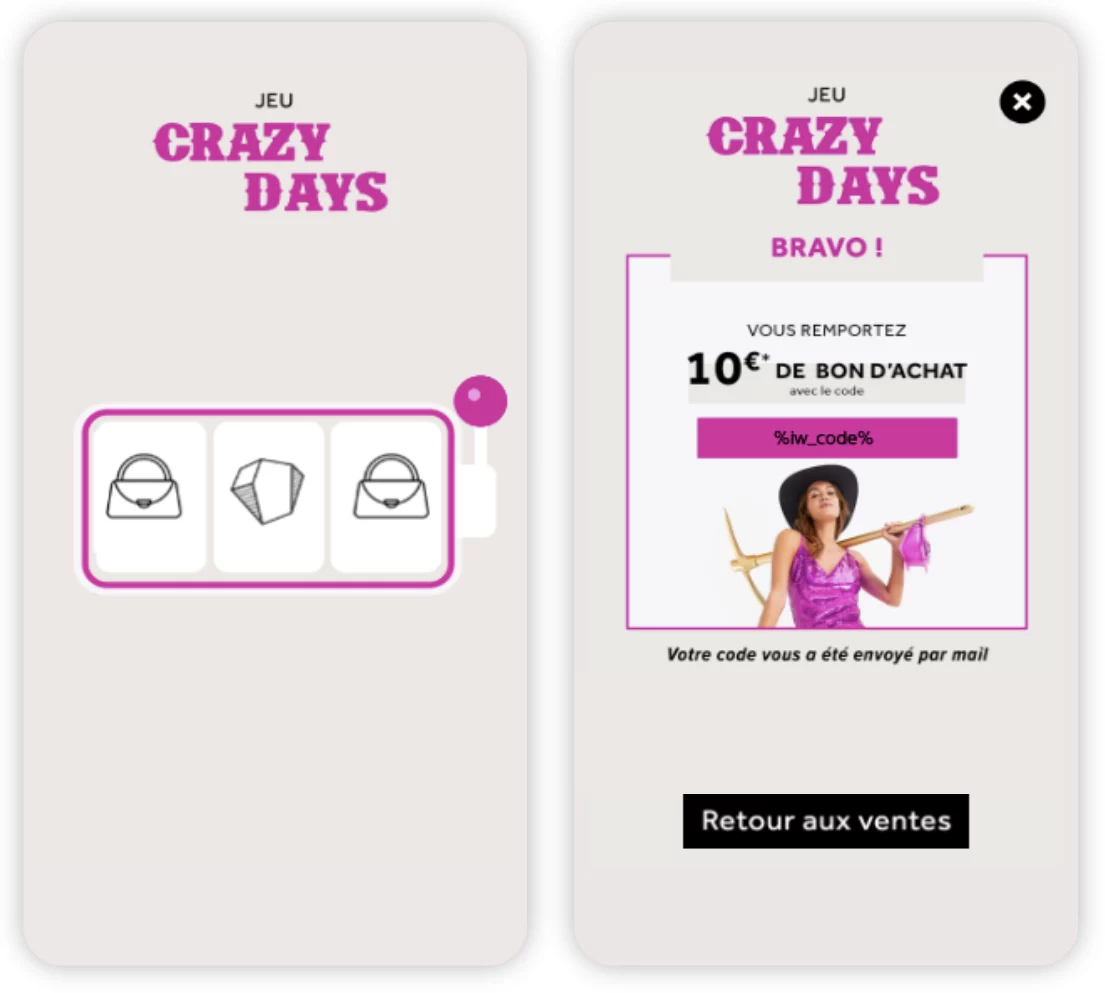
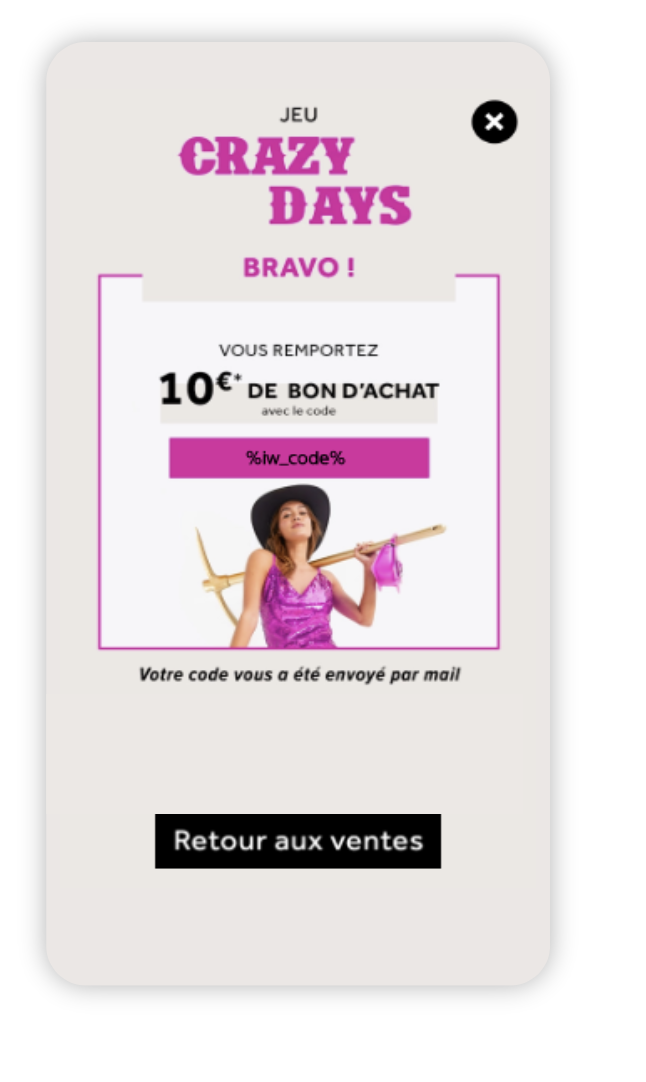
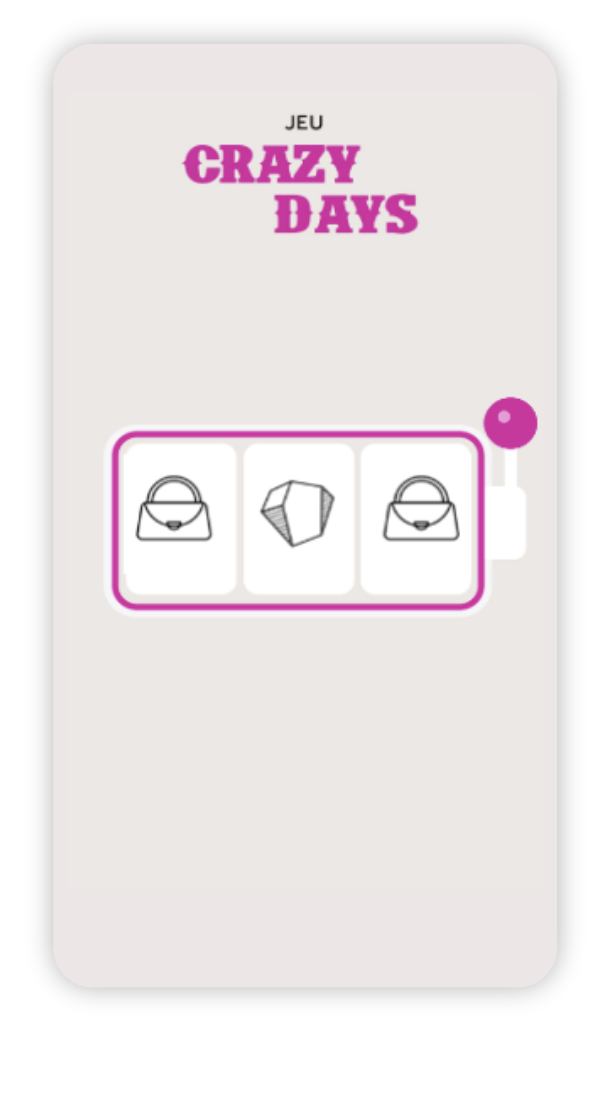
2. Generate online and in-store traffic
One of the challenges of sales is to attract consumers to its sales channels. Gamification is a way of encouraging players to visit a store or e-commerce site, by rewarding them for their participation.
- A bridge between digital and physical: by offering coupons or prizes to be collected in-store, retailers encourage customers to come and visit.
- More qualified traffic: interested and committed consumers are the ones who take part in the game, increasing the chances of conversion.
Example: Altarea Cogedim launched the Summer Test campaign to energize its shopping centers during the summer sales. The aim of this personality test was to generate point-of-sale traffic and stimulate purchases, while engaging the community and boosting their visibility.
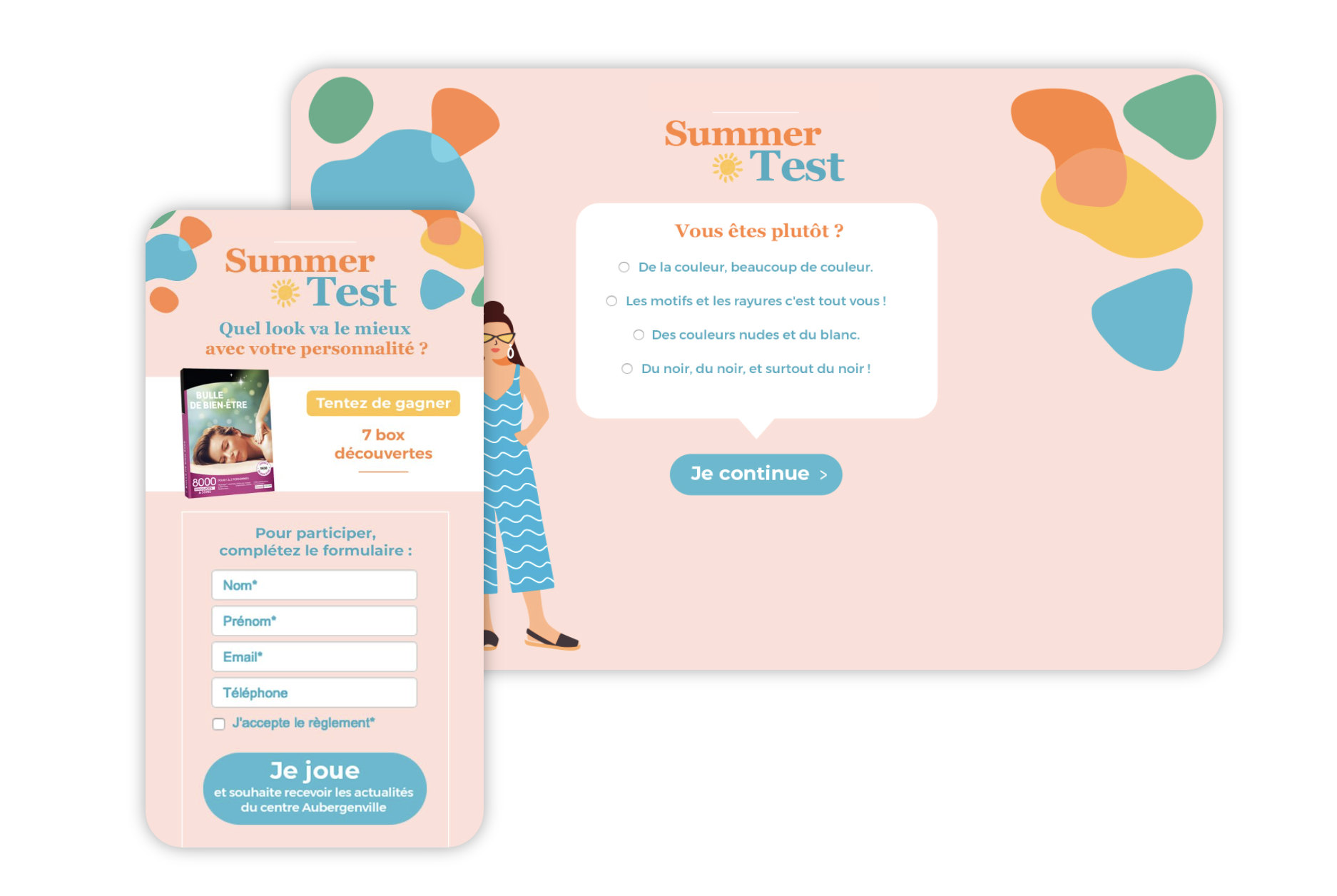
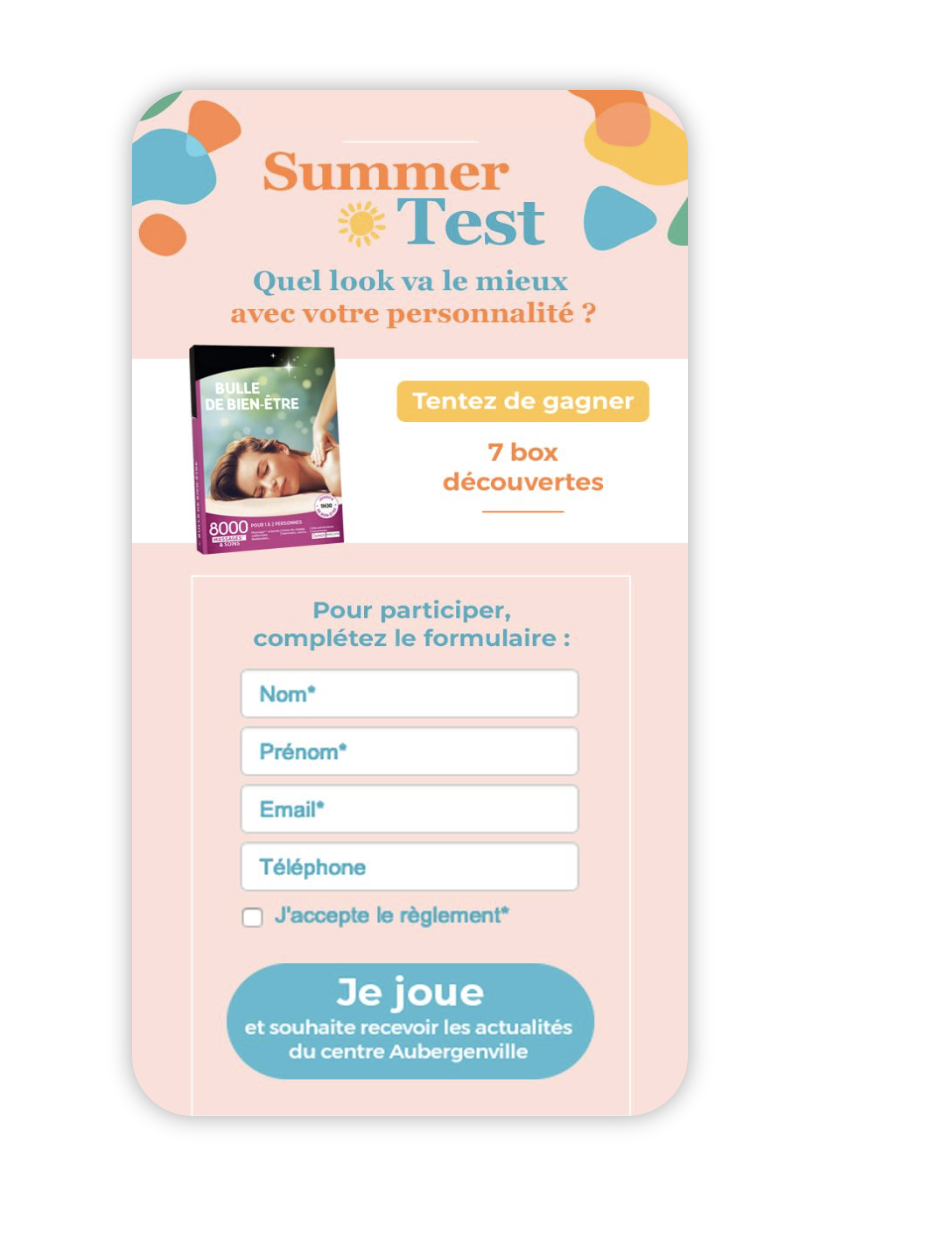
3. Increase sales and convert new customers
By engaging consumers in a playful way, gamification helps convert prospects into customers.
Why does it work?
- A feeling of exclusivity: by offering time-limited rewards, retailers encourage consumers to act quickly.
- An incentive to buy: by winning a discount or advantage via a game, customers are more inclined to finalize a purchase.
Example: As part of the Crazy Days campaign, the game was used as a sales generator, with the aim of stimulating conversion through the distribution of vouchers. The brand recorded excellent engagement KPI’s, with 27K prizes distributed, representing as many sales opportunities on its e-commerce site.
5 tips for successfully gamifying your sales campaign
To take full advantage of gamification during sales, it’s essential to anticipate and optimize your strategy. Here are five key tips to maximize the impact of your sales campaign and boost your sales:
1. Prepare sales in advance by collecting data via marketing games
Even before the sales start, launching a marketing competition is an excellent way to get to know your audience better and refine your strategy.
Gamified mechanics allow you to :
- Collect key information: age, product preferences, buying behavior…
- Segment your database: propose offers adapted to consumer expectations.
- Create engagement before the sales: generate interest to maximize the impact of offers on the big day.
2. Choose the right mechanics for your strategic objectives and your audience
The choice of game type must be aligned with the brand’s marketing objectives and the expectations of its target audience.
- Instant win games (scratch cards or wheel of fortune): ideal for generating traffic and purchases
- Quiz or Treasure Hunt: Perfect for engaging prospects (online and in-store, using QR codes) and building customer loyalty.
- Challenges and contests: Excellent for encouraging sharing and boosting the virality of your campaign.
3. Optimize your distribution strategy
Even the most attractive game will be ineffective without well thought-out distribution. Maximizing visibility is crucial. Brands should rely on a multi-channel strategy, ensuring that their marketing game is shared both online (emailing, social networks, newsletter, mobile app) and in-store. They can partner with content creators or other brands (cobranding) to expand their audience.
4. Create a sense of urgency
Sales are a limited period, and we need to play on the sense of urgency to encourage consumers to act. Retailers can capitalize on limited-time offers to create FOMO (Fear of Missing Out). Another strategy is to integrate a countdown timer on the site to reinforce the time pressure and encourage immediate purchases.
5. Offer original prizes
Discounts are effective, but not always enough to motivate participation. So it’s a good idea to vary the rewards. For example, brands can offer :
- Exclusive experiences: VIP access, meetings with influencers, personalized advice…
- Product previews: combining sales periods with the launch of limited collections.
- Gamified offers: progressive cashback, points to redeem for gifts, etc.
Conclusion
To maximize the impact of your gamified campaign during the sales season, it’s crucial to choose the right mechanics. Adictiz enables you to create high-impact campaigns by selecting the marketing game that will have the greatest impact on your audience. With our media agency, boost the reach of your interactive campaign and maximize your performance during this key period!


